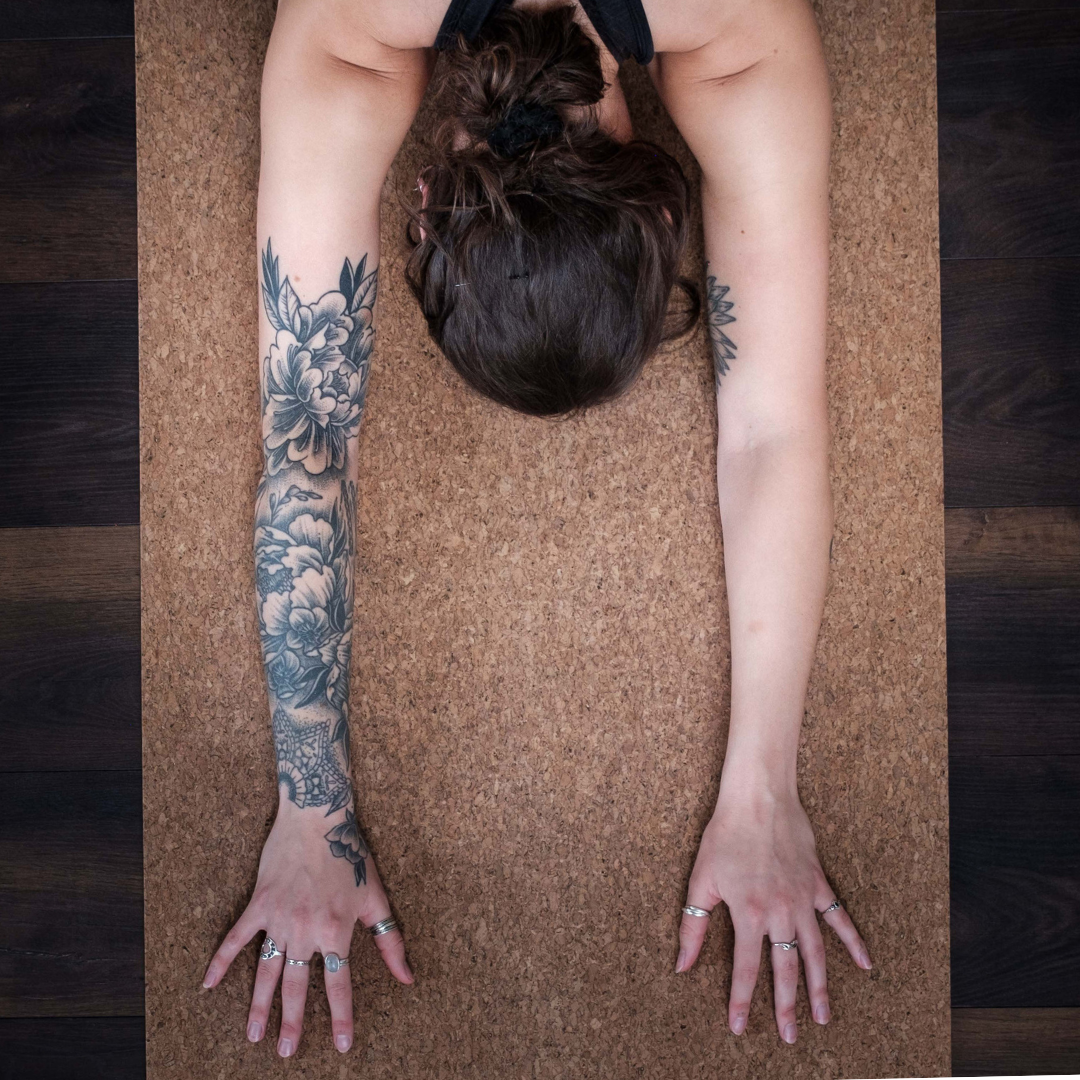Raga is a familiar presence in our lives. It’s that longing for a past joy, the hunger for something just out of reach, the belief that happiness lies in securing and repeating pleasurable experiences. As the third of the kleshas, raga ties us to cycles of craving and dissatisfaction, keeping us in pursuit of fleeting highs rather than grounded in a more lasting sense of contentment.
At first glance, raga doesn’t seem problematic. What’s wrong with seeking pleasure? Isn’t joy a natural and worthy pursuit? The issue lies not in experiencing joy but in our attachment to it. The moment pleasure turns into something we grasp for, we give it power over us. It is no longer a passing delight but a source of anxiety, a measure of our happiness, a tether to external circumstances beyond our control.
The Subtle Grip of Raga
Raga is easy to recognize when it manifests as addictive behaviors or compulsive patterns. But more often, it operates in quieter ways, shaping our choices and reactions without us realizing it. We feel uneasy when a special moment ends, irritated when we can’t recreate a past experience, driven to chase the next thing that promises satisfaction. The deeper the attachment, the stronger the suffering when pleasure slips through our fingers—as it always does.
This clinging shows up in our relationships, in our careers, in our expectations of life itself. We invest in the illusion that happiness is something to be acquired rather than something we can cultivate from within. And so, we ride a rollercoaster of highs and lows, always reaching for more, fearing its loss, rarely at peace with what is.
Noticing Raga in Everyday Life
Breaking free from raga begins with recognition. It might show up in small ways:
- Feeling restless when something enjoyable comes to an end.
- Holding onto memories of past happiness, trying to recreate them rather than embracing the present.
- Equating success with fulfillment and struggling with disappointment when achievements don’t bring lasting joy.
- Making choices that prioritize comfort over growth, pleasure over depth.
These patterns often feel like natural human tendencies, and they are. But when we live entirely at their mercy, we remain stuck in a cycle that keeps us from deeper contentment.
Softening the Grip of Desire
Yoga offers us a different way of being—not through suppression, but through awareness. Desire will always arise, but we can shift how we relate to it. Instead of clinging, we learn to hold pleasure lightly, appreciating it in the moment without needing to possess it.
Meditation teaches us to observe craving without immediately acting on it. Breathwork reminds us of the impermanence of all things—each inhale is taken in, enjoyed, and then released. Physical practice offers a way to witness attachment in action: frustration when we can’t achieve a pose, pride when we can, resistance when the experience doesn’t match our expectations. These small moments on the mat mirror the larger tendencies we carry through life.
The goal is not to deny joy but to free ourselves from dependence on it. To enjoy beauty, connection, and pleasure without being bound by the fear of their loss. To find a deeper well of happiness, one that does not waver with the shifting tides of external experience.
Beyond Raga
True contentment isn’t found in chasing what feels good; it’s found in embracing all of life with an open heart. When we stop grasping, we discover a new kind of joy—one that is steady, spacious, and unshaken by the inevitable ebb and flow of experience.
Next, we will explore dvesha, the counterpart to raga—our aversion to discomfort and pain. If this reflection on attachment resonates with you, share your thoughts below. This journey through the kleshas is not just philosophical—it is lived experience and I’d love to hear yours.
